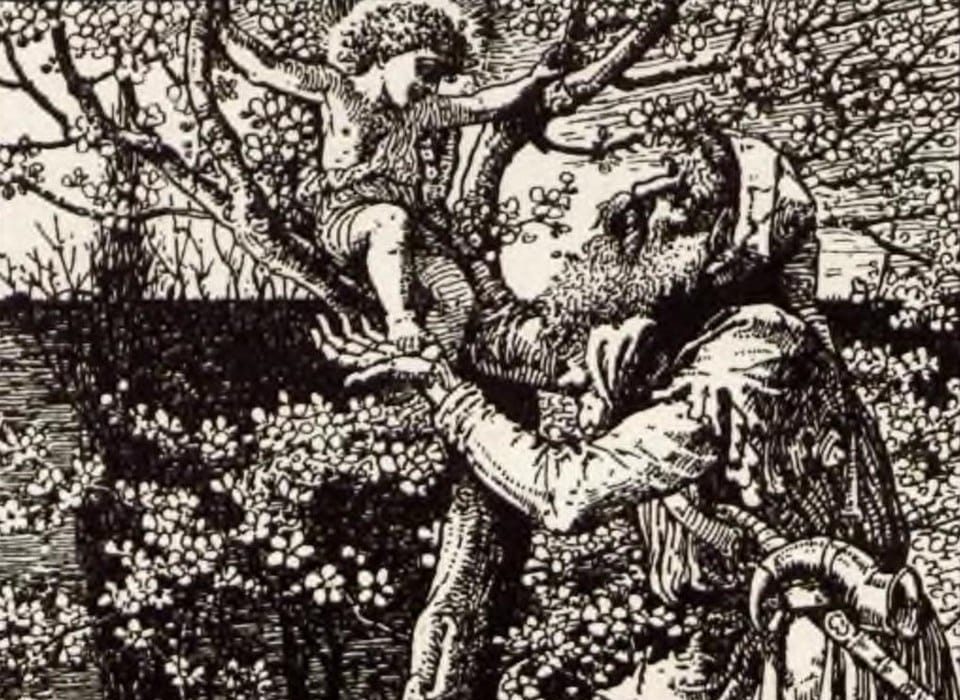The novel Jaws by Peter Benchley is a super interesting read. I remember getting a copy during the last few weeks of my senior year in high school from a library giveaway. It was an old copy and the library wanted nothing to do with it. I still own the book over a decade later. And, it’s kept together with a lot of care (and duct tape). Now, I had already seen the movie and was spending my summers dressing like Quint. As it turns out, I really enjoyed the book, too, because of the level of horror, adventure, and Benchley’s style in conveying those themes.
Background of the Novel
Peter Benchley spoke about the inception of the novel: “In 1964, I read a newspaper item about a fisherman who caught a 4,555 lb. Great White Shark not far offshore from Montauk, Long Island, and I wondered what would happen if such a huge shark were to appear in a seaside resort community. I did nothing with the idea then, but seven years later I began to weave it into the story that would become the novel Jaws.”
Other inspiration may have come from the 1916 Jersey Shore shark attacks that resulted in multiple dead swimmers.
At the time of Jaws‘ publication, Benchley was an accomplished writer but wasn’t making enough money to support his family even though he had been a junior speechwriter for Lyndon B. Johnson. He had also written as both a staff writer and freelancer for large publications. His last ditch effort involved getting together with a few publishers and pitching some ideas including a nonfiction book about pirates and one about a man-eating shark.
Writes Guardian writer Christopher Hawtree: “ In 1971, he (Benchley) was asked by Tom Congdon, an editor at the publishers Doubleday, if he had anything in mind for a book … he produced a hundred pages, and, with a $1,000 advance, he reworked it steadily, holing up to do so …”
Publishers released the book in 1974. Readers met it with delight, possibly because Benchley had “tapped into a widespread primeval fear of the deep.”
About the Book, Jaws
The novel Jaws is about Sheriff Martin Brody who oversees the small seaside town of Amity. Brody’s tenure as sheriff is a bloody one. This is due to a terrifyingly massive shark that has begun stalking and murdering the townsfolk of Amity. It is their money that keeps the little town alive during the winter months, so of course this creates more conflict.
A vile motive in the book features the mayor of Amity, Larry Vaughan, trying his best to keep the beaches open to maintain the economy of the town at the expense of lost lives. In the novel, he has some mob ties to push his character in that direction.
After becoming flummoxed as to how to defeat such a carnal, visceral machine, Brody and oceanographer Hooper take up with Quint, a shark hunter, and begin minor excursions and confrontations with the shark at sea. Together, they are able to defeat the seafaring monstrosity. However, Jaws kills Hooper and Quint in the process.
Differences Between Book and Film and Themes
The book differs greatly from the movie in its interpersonal matters. Hooper (Richard Dreyfus’s character in the movie) has an affair with Brody’s wife. The shark kills Hooper while he is trying to escape a shark cage. While the shark cage fits in the movie, his death in the cage is not.
Meanwhile, Quint (Robert Shaw in the film) is also less bloodthirsty for shark blood in book. However, he suffers a similar fate from the one in the film. The shark drags him into the depths like Captain Ahab from Moby Dick. Brody also doesn’t kill the shark with a pressurized canister. Instead, he watches from the sinking boat (The Orca) as the shark succumbs to its wounds. The million stab wounds that Quint inflicted upon it had fell the beast.
A Masterpiece After All
While there is a lot more backstory in the novel Jaws, from the mob to the affair, Jaws paints a great picture of a seaside summer town. It also sold over 20 million copies and spent 44 weeks on the New York Times Best Seller list. The novel also captures multiple interactions with the shark, and they are full of energy and suspense. Both the book and the film have some really great moments that are interesting and engaging, especially if the audience doesn’t mind a little shock and terror.





Leave a comment